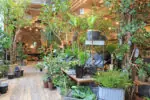目次
Yoshino in Nara Prefecture is a cherry blossom viewing spot that one longs to visit at least once in his or her lifetime. Yoshinoyama (Mt. Yoshino) has been home to many cherry trees since ancient times, with a dense population of 30,000 cherry trees of about 200 varieties, mostly white yamazakura (Cerasus jamasakura).
Therefore, this time, we will introduce the best spots for cherry blossoms on Mt. Yoshino and recommended spots around the area!
Mt. Yoshino and cherry blossoms
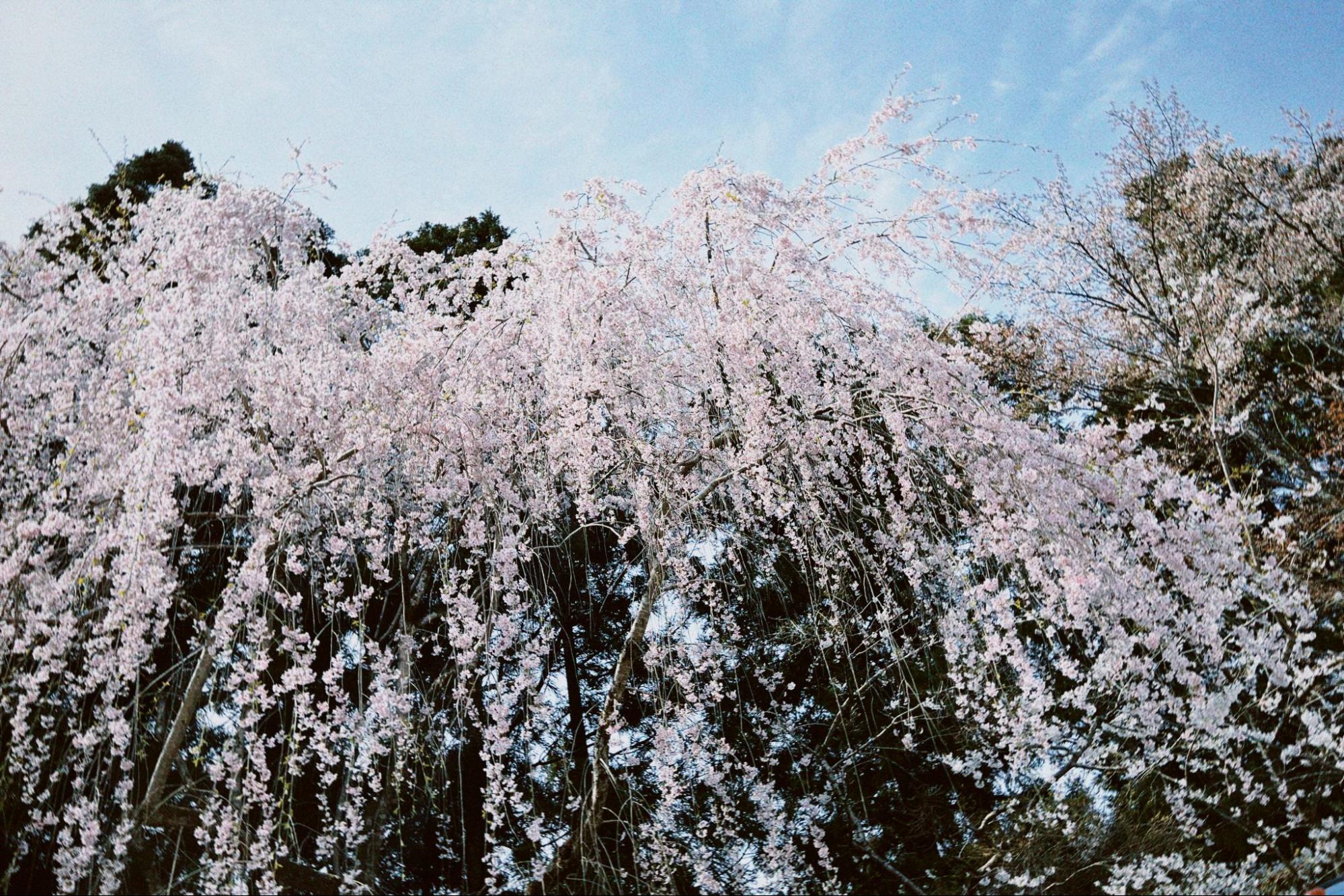
Many of the famous cherry blossom viewing spots in Japan have been planted and managed for so-called "hanami", such as maintaining cherry blossom trees in modern times, carefully protecting old trees that have been around for a long time. .
However, the cherry blossoms here in Yoshino have been carefully protected to this day, not for cherry blossom viewing, but as a religious cherry blossom that is closely linked to mountain religion.
Although the cherry blossoms on Mt. Yoshino temporarily declined due to the Haibutsu Kishaku (a movement to abolish Buddhism) in the Meiji era and World War II, they are now regaining their vigor in their heyday thanks to the hard work of those involved.
In addition to admiring the beautiful cherry blossoms, which are said to be the best in Japan, how about thinking about the history and culture that have been handed down unbroken to this day?
Access to Mt. Yoshino and the best time to see cherry blossoms
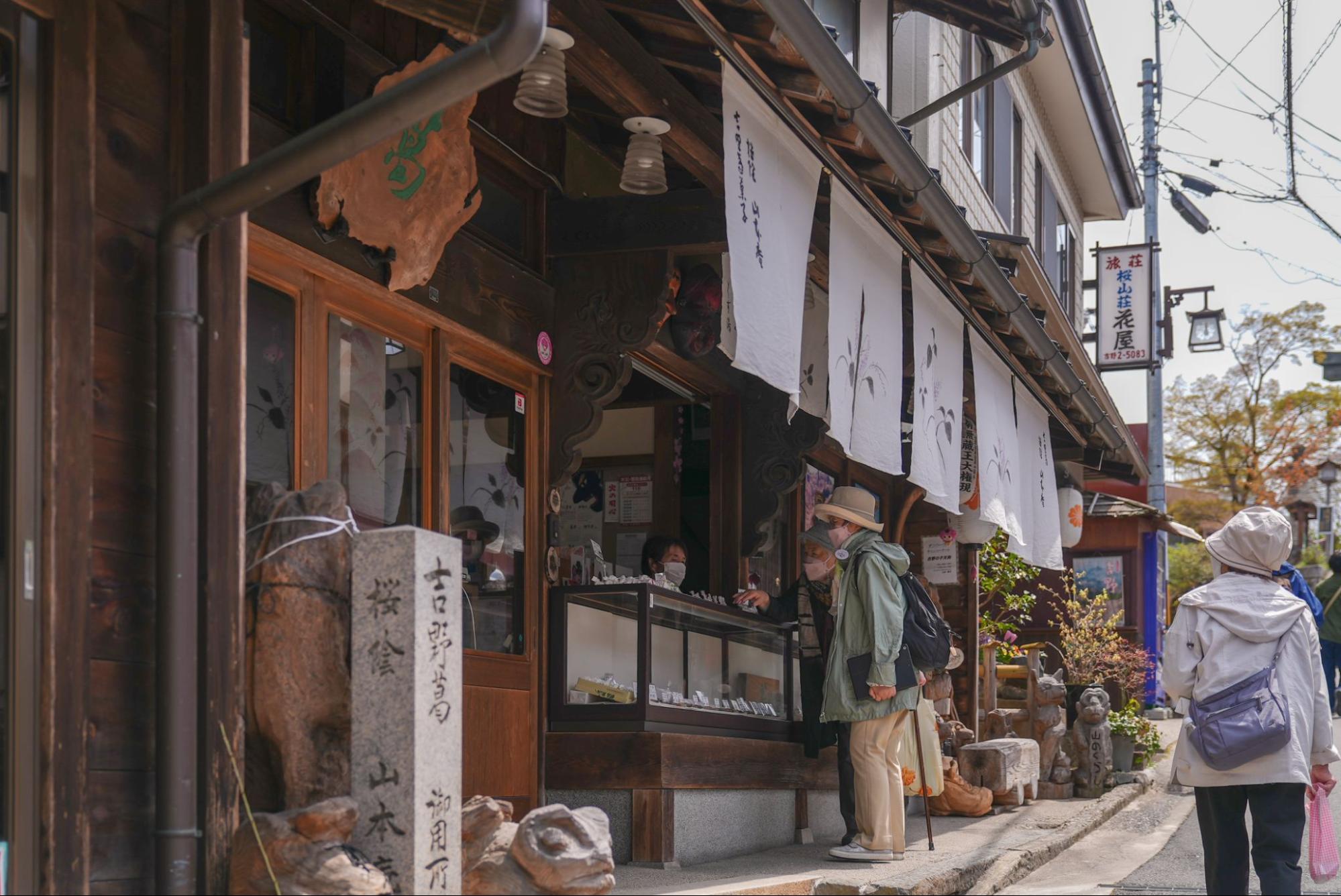
[by car]
Aim for the Shimosenbon Parking Lot (also known as the Yoshinoyama Tourist Parking Lot), which is the gateway to Mt. Yoshino.This parking lot is the largest on Mt.Yoshino, and within a 15-minute walk, there are many famous places, including the World Heritage site Zao-do.
[by train]
The nearest station to Mt. Yoshino is Kintetsu Yoshino Station. It takes about 2 hours and 50 minutes by limited express from Kintetsu Nagoya Station.
Highlights of each area
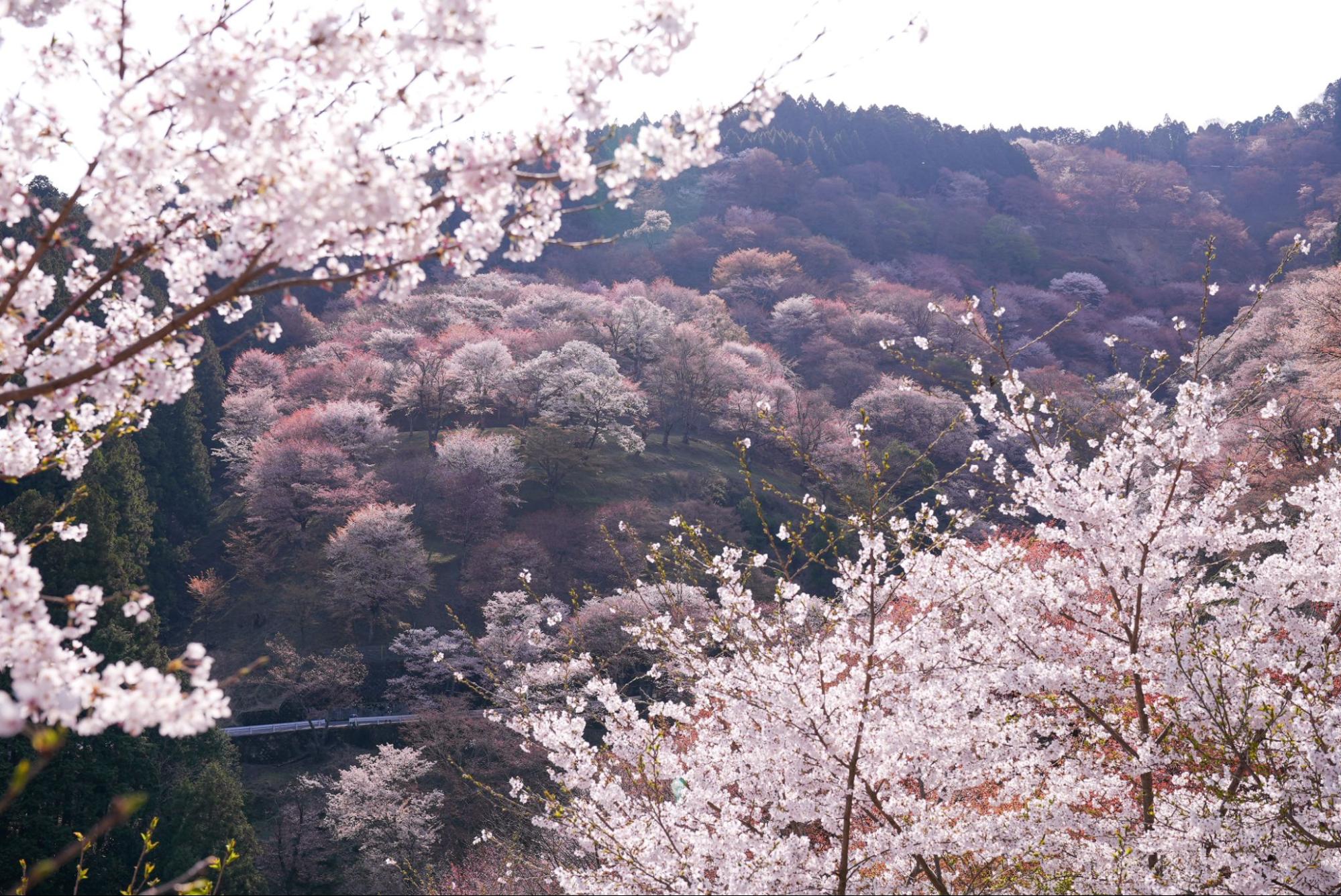
Yoshinoyama is a mountainous area located almost in the center of Nara Prefecture, shaped like the back of a horse and stretching about 6 km from north to south. Yoshino is divided into four areas in descending order of elevation: Shimosenbon, Nakasenbon, Kamisenbon, and Okusenbon. Cherry blossoms begin to bloom in the Shimo-Senbon area around the end of March, gradually filling the mountain with cherry trees.
Shimosenbon Area
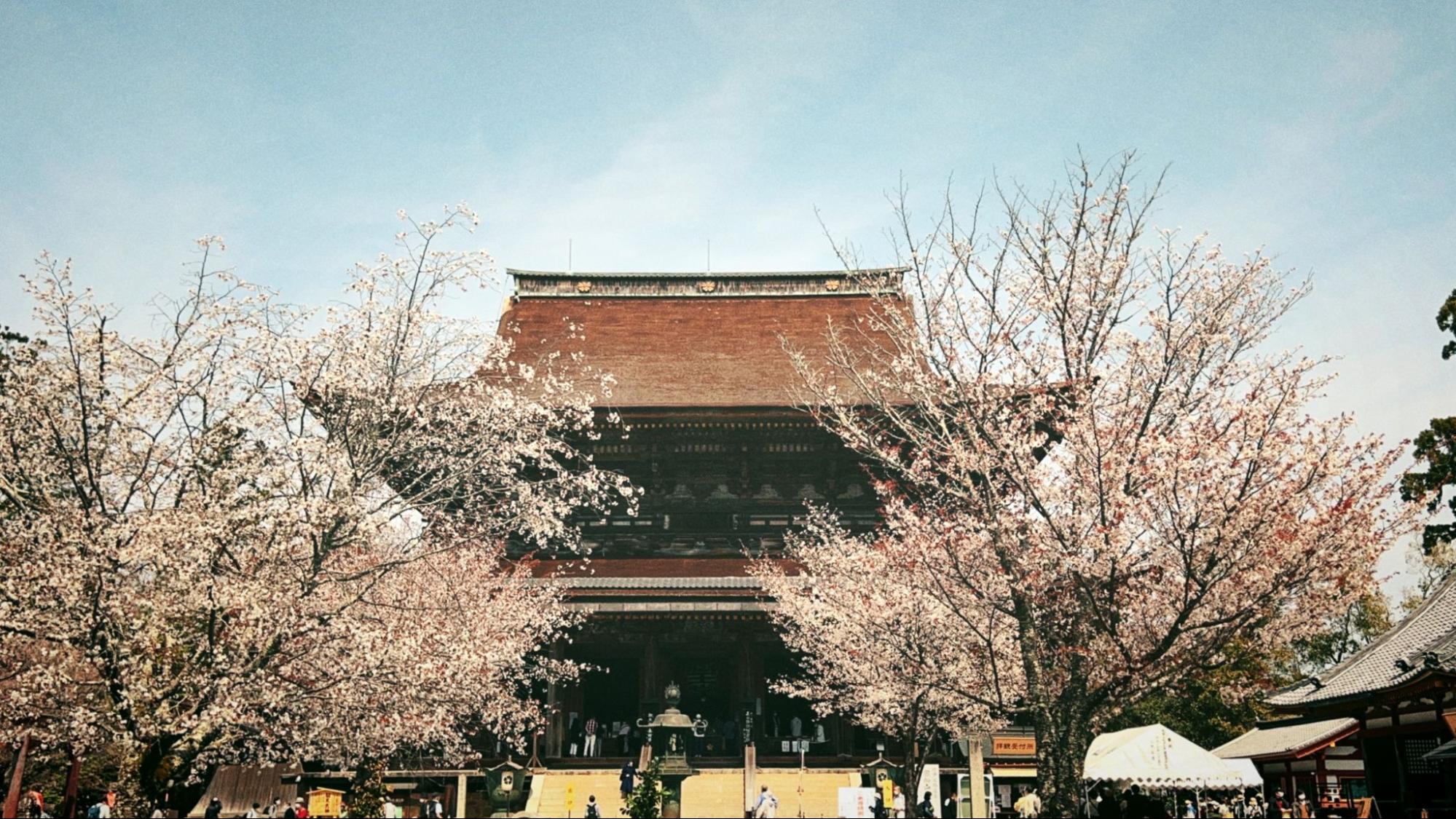
The "Shimosenbon area" at the entrance to Yoshino-yama is home to the World Heritage Site Kinpu-senji Zao-do, the symbol of Yoshinoyama, as well as Japan's oldest ropeway, the Ohashi Bridge, and the Nanamagari-zaka slope famous for its cherry blossom scenery. All of these are within a 15-minute walk from the Shimo-Senbon parking lot, making it the most easily accessible area.
On Mt. Yoshino, the cherry blossoms are also lit up at night. Among them, Shimosenbon's night cherry blossoms light up is a must-see!
Nakasenbon Area
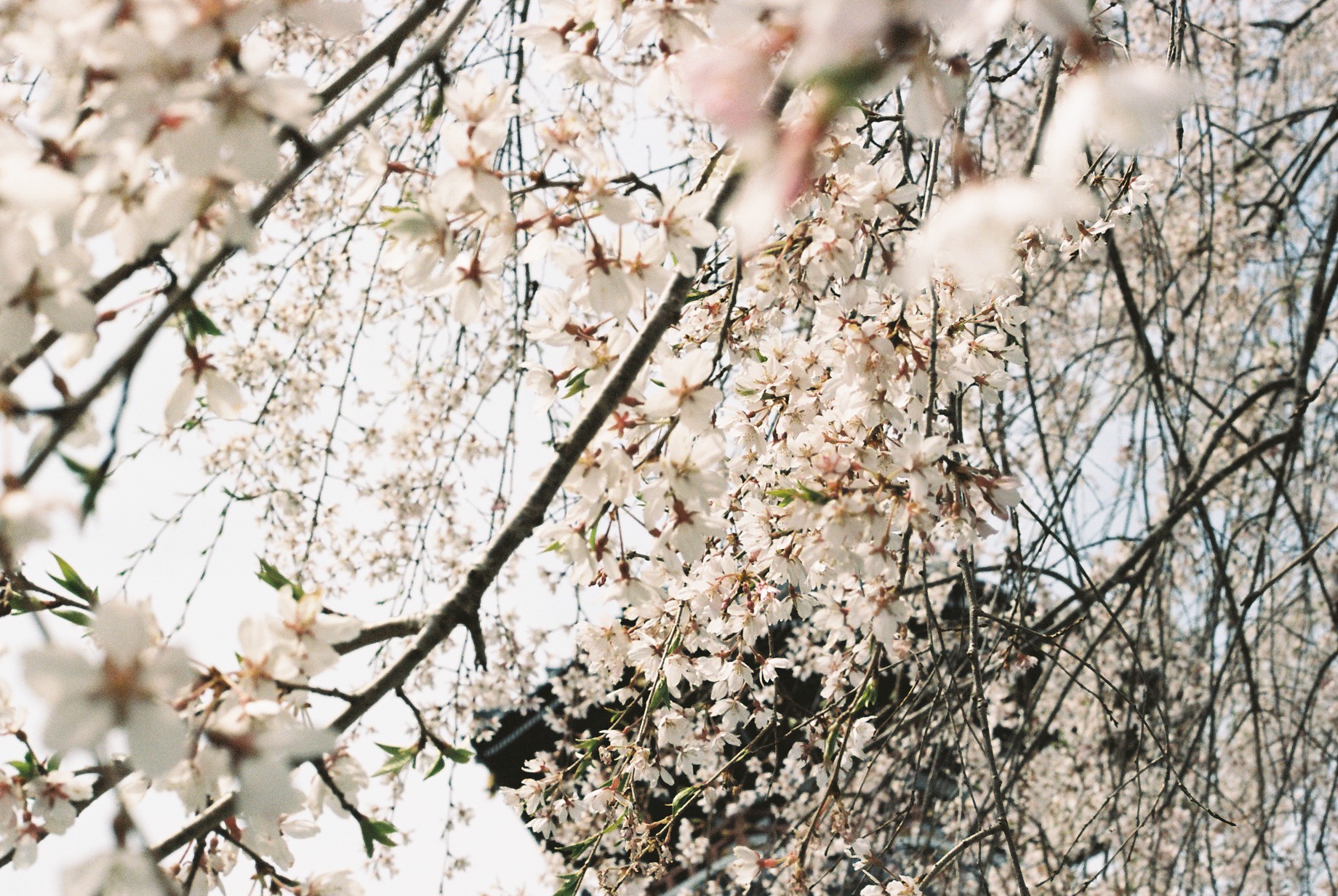
The Nakasenbon area is located halfway up Mt. Yoshino. What you can't miss here is the spectacular view of the cherry blossoms called "Hitome-senbon (thousand tree in one sight)" seen from the Yoshimizu Shrine, a World Heritage site. From here, you can see Nakasenbon and Kamisenbon cherry blossoms at once.
Also, don't miss the weeping cherry blossoms at Tonan-in Temple and the cherry blossoms around Nyoirinji Temple, which is related to "Taiheiki"!
Kamisenbon Area

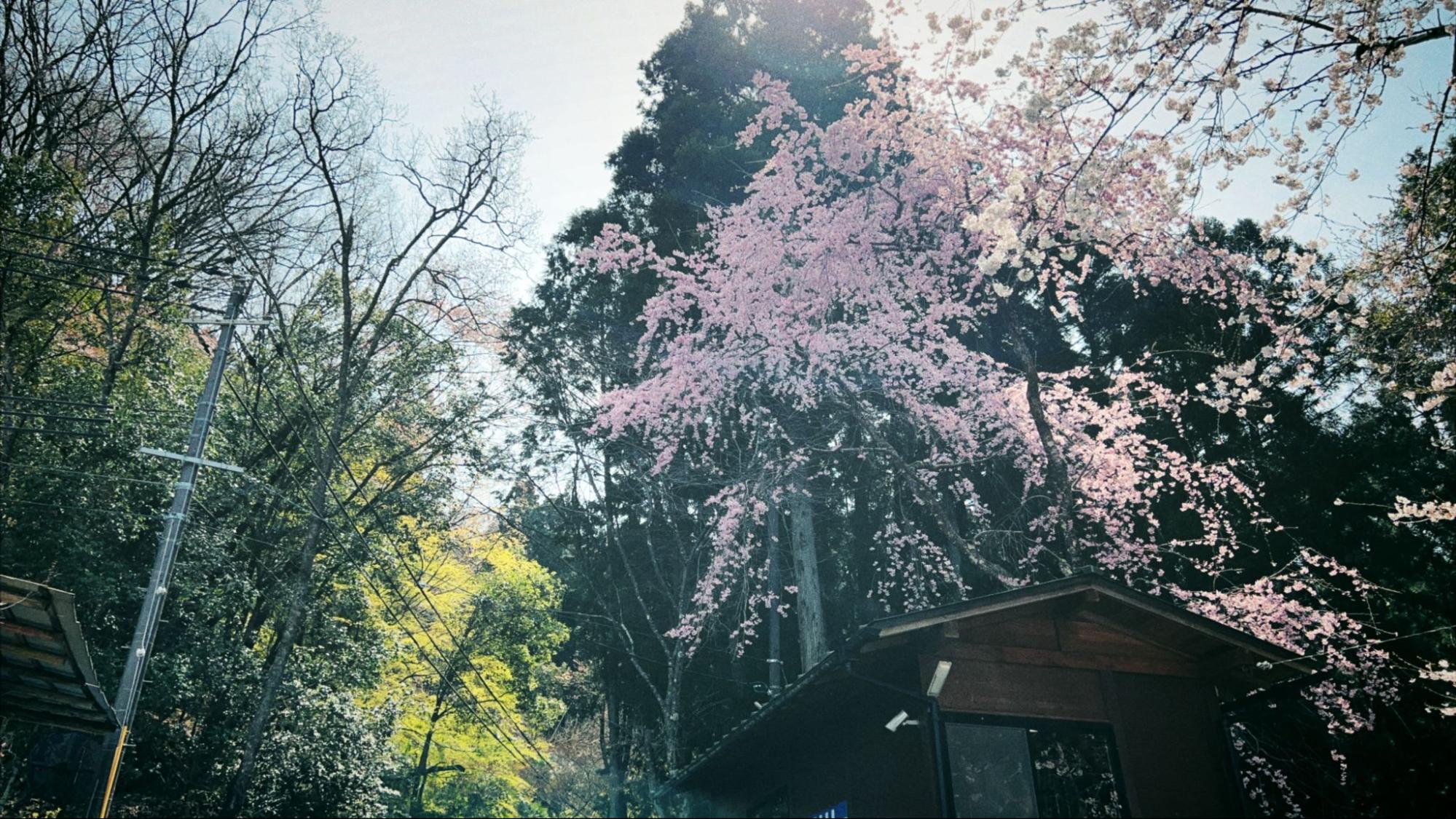
The Kamisenbon area is an area where you can enjoy the cherry blossoms of Yoshino along with a magnificent panorama. There are many steep slopes from Kamisenbon, but the view is outstanding.
There are teahouses, but there are very few restaurants like those in the Nakasenbon area.
There are more narrow roads, but they are paved, so sneakers are enough.
Okusenbon Area
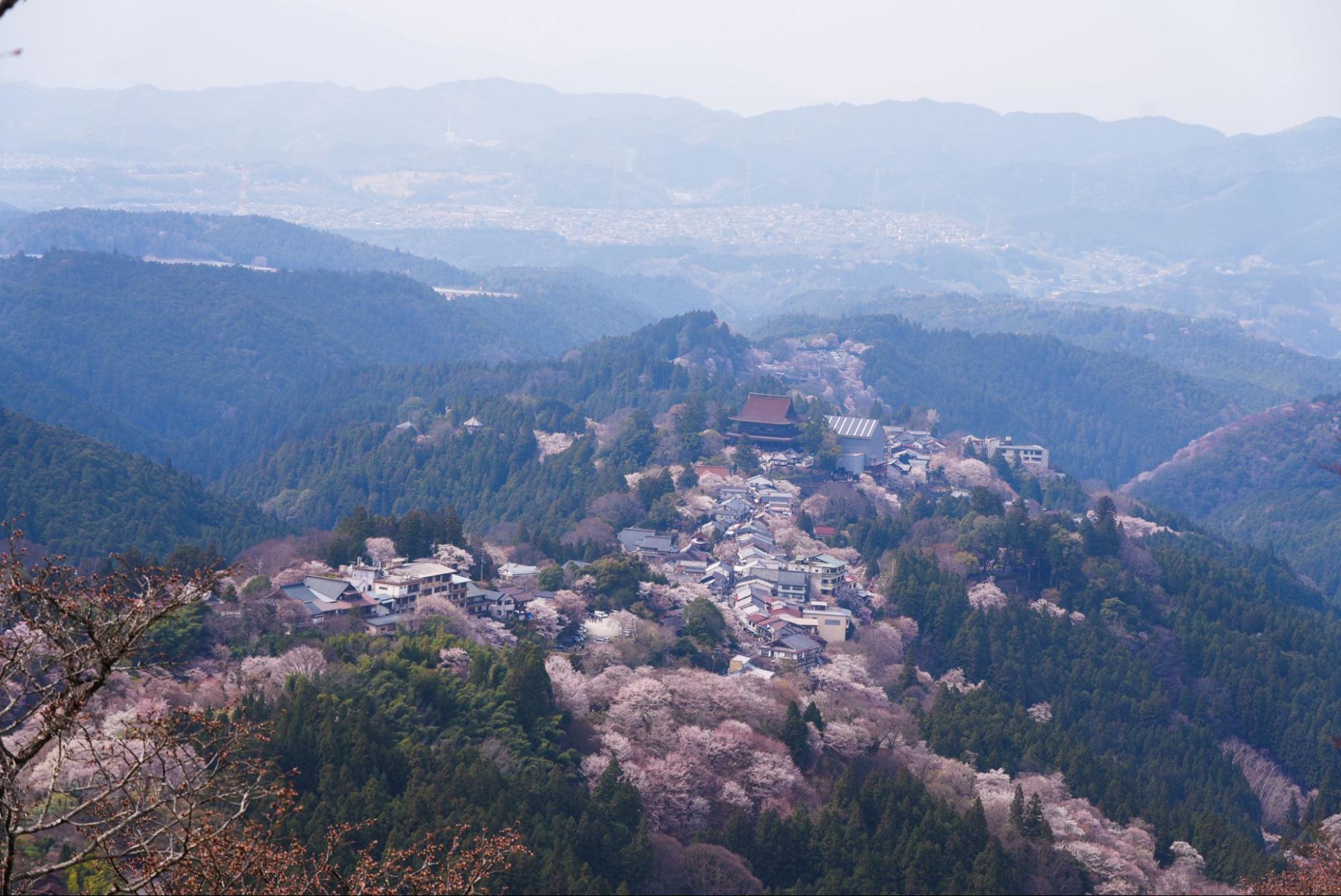
The "Okusenbon Area" is the deepest part of Mt. Yoshino. In 2015, 1,000 cherry tree seedlings were newly planted, and the sights are increasing year by year.
There is a mysterious and quiet space worthy of being called a spiritual spot, and the original landscape of Yoshino continues to fascinate visitors.
World Heritage, Kinpu-senji Zao-do
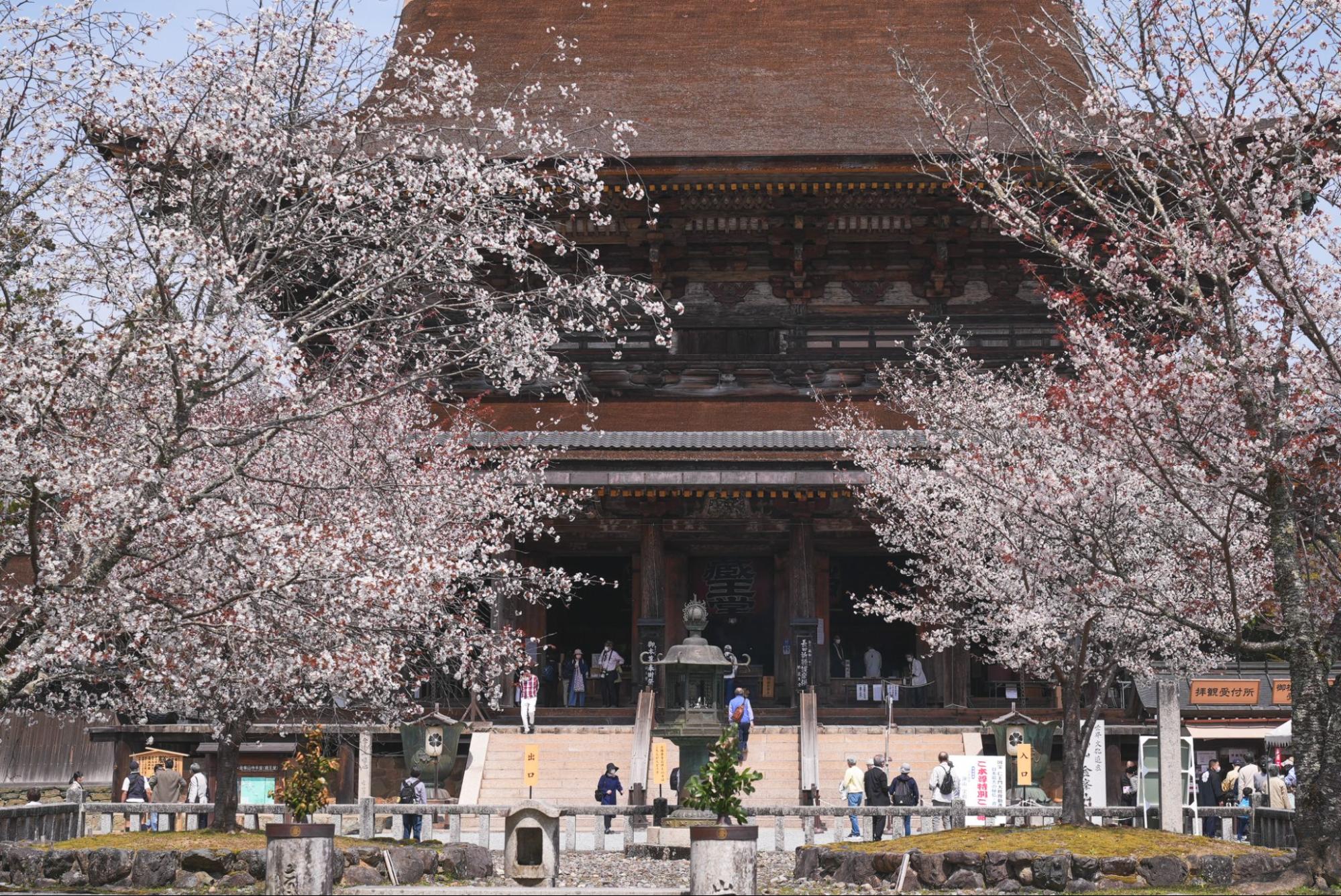

Kinpu-senji Zao-do is the symbol of Mt. Yoshino and the head temple of Shugendo. Mt. Kinpu is the general term for the mountains from Mt. Yoshino to Mt. Sanjogatake (Mt. It serves as the gateway to Ominesanji Temple on Mount Sanjogatake.
Zao-do Hall is a large wooden structure next to the Great Buddha Hall of Todaiji Temple, with 5 ken in the front, 6 ken in the sides, and a height of about 34 m. It is a national treasure and has also been certified as a World Heritage Site.
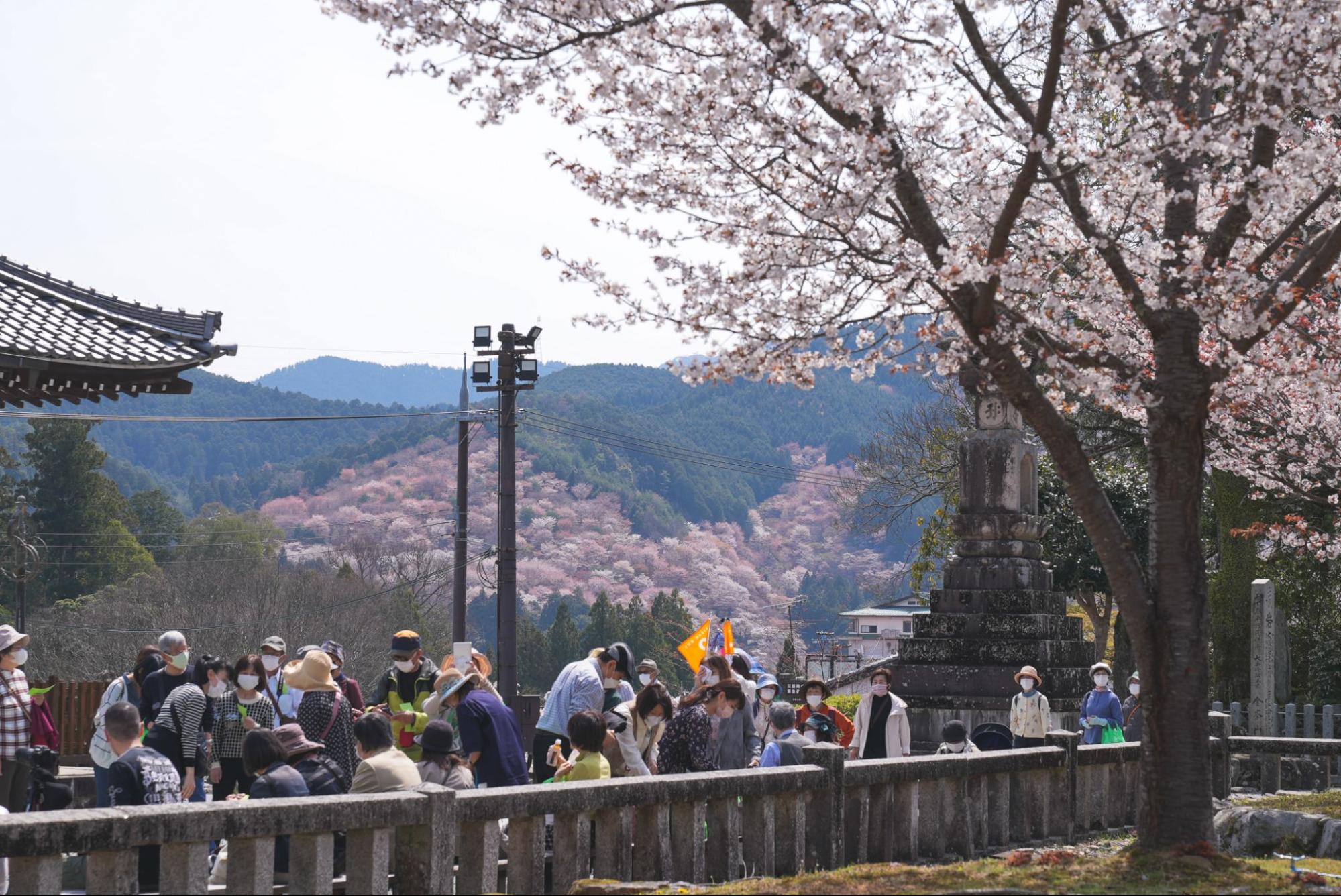
In the spring, the cherry blossoms called "Four Cherry Blossoms" bloom beautifully in the precincts. On April 10th every year, there is a rice cake pounding event called “Senbonzuki”, so it is recommended to visit during that time.
This is a spot you definitely want to stop by when you visit Mt. Yoshino.
[Kinpusen-ji Temple/Zao-do]
Address: Yoshinoyama, Yoshino Town, Yoshino District, Nara Prefecture
https://www.kinpusen.or.jp/
Let's enjoy Yoshino foods on the approach!

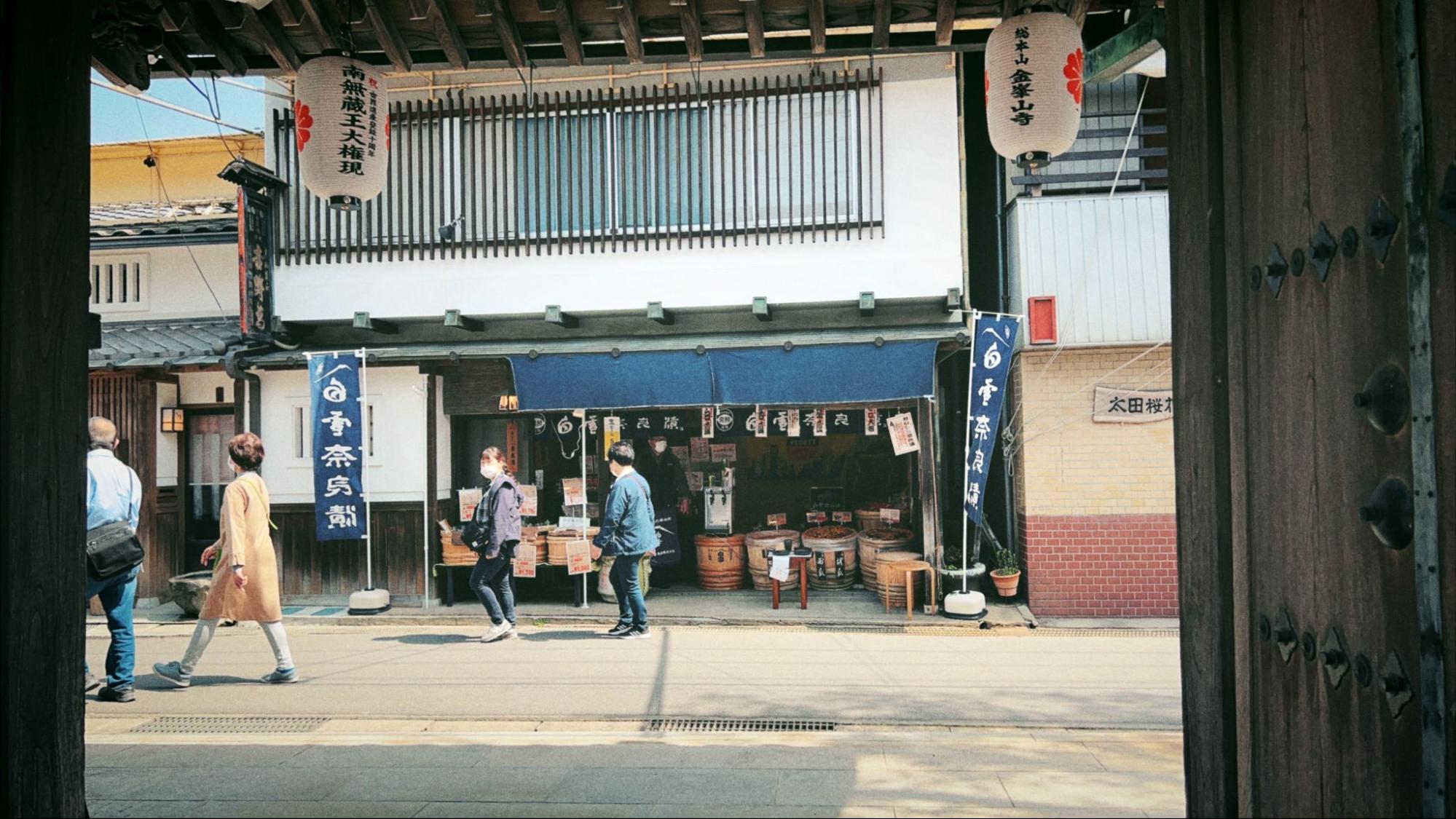
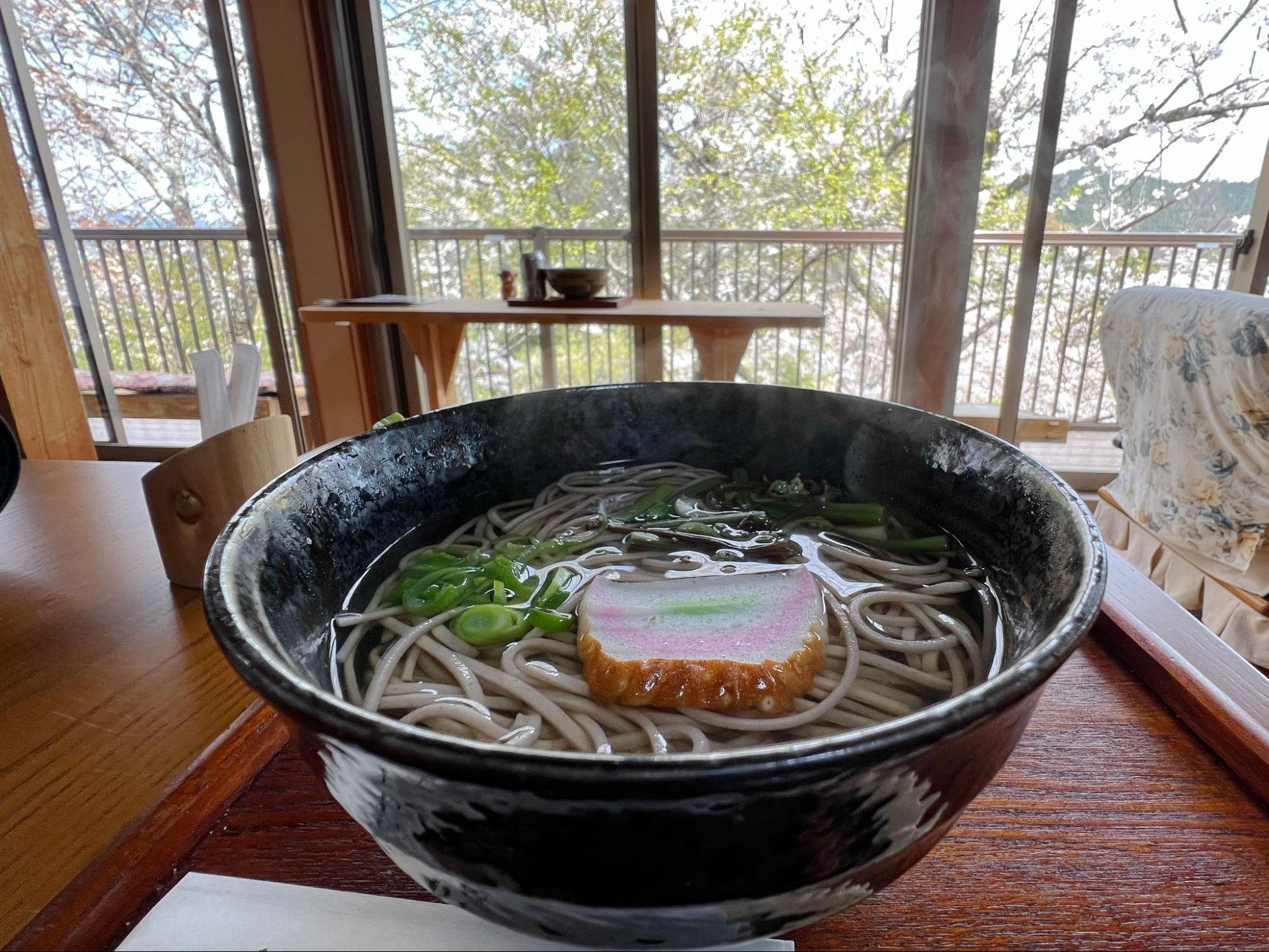
Along the approach to Kinpusenji Zaodo, there are teahouses, restaurants, souvenir shops, inns, and more. This is a spot you'll definitely want to stop by.
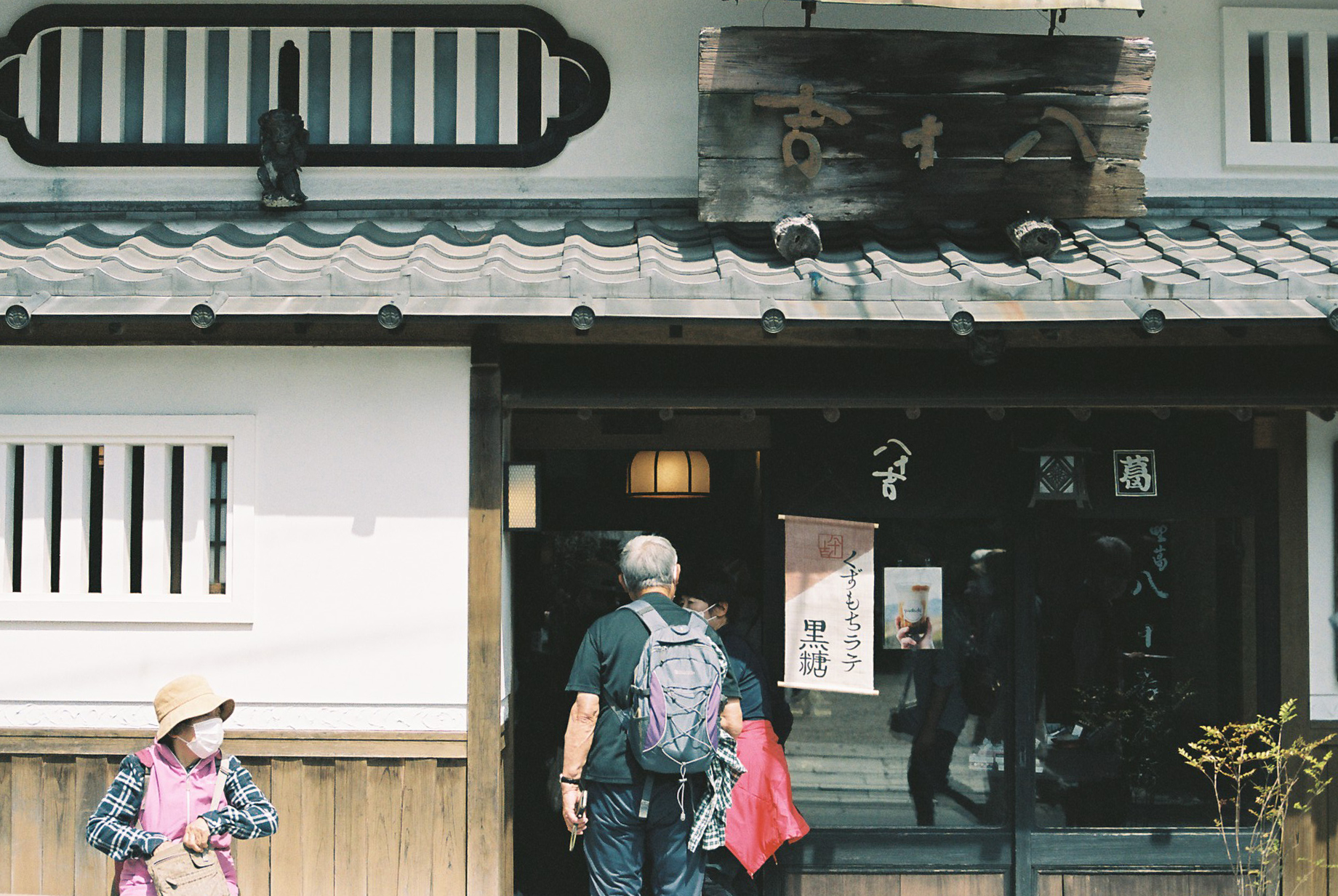
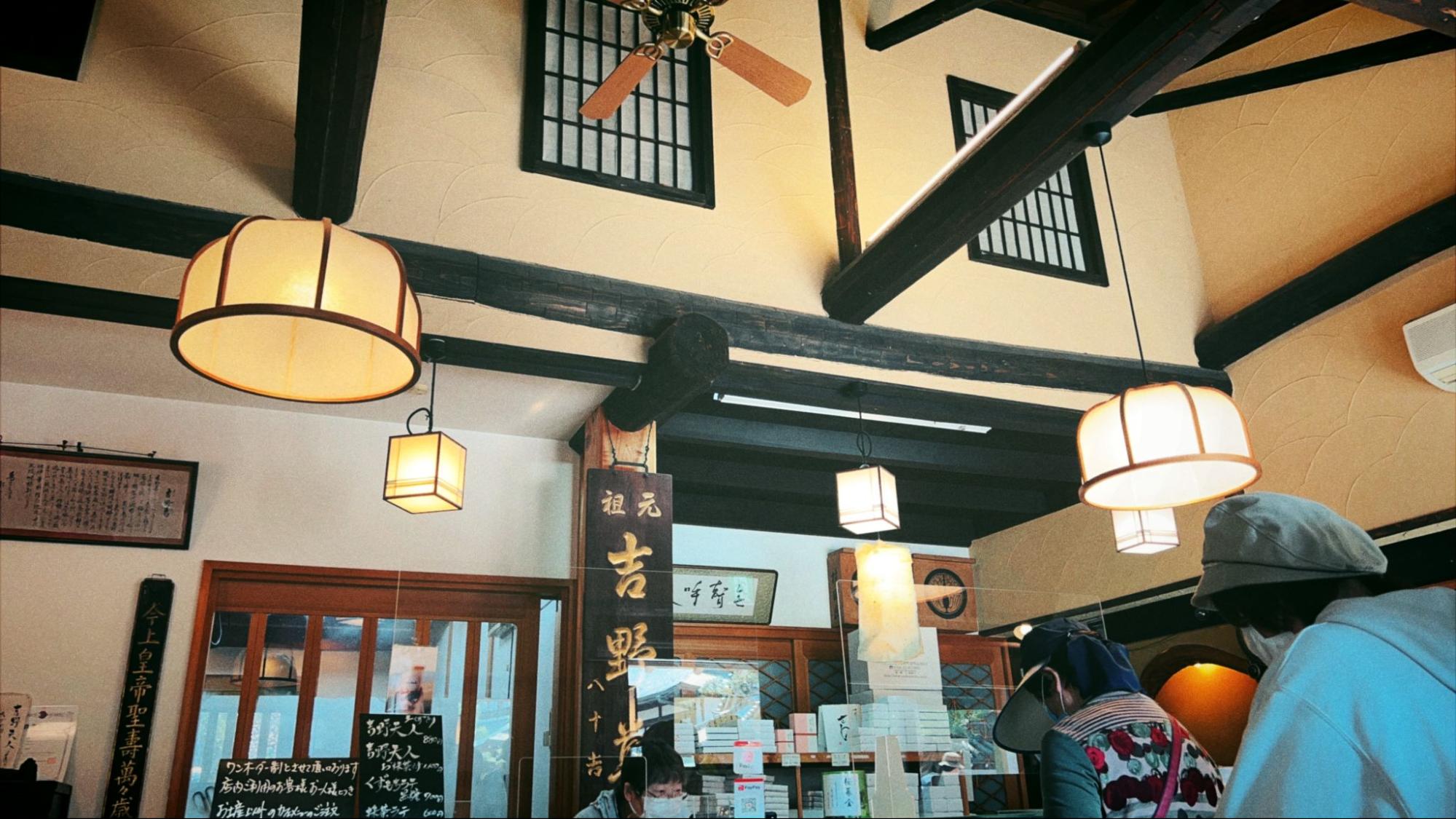
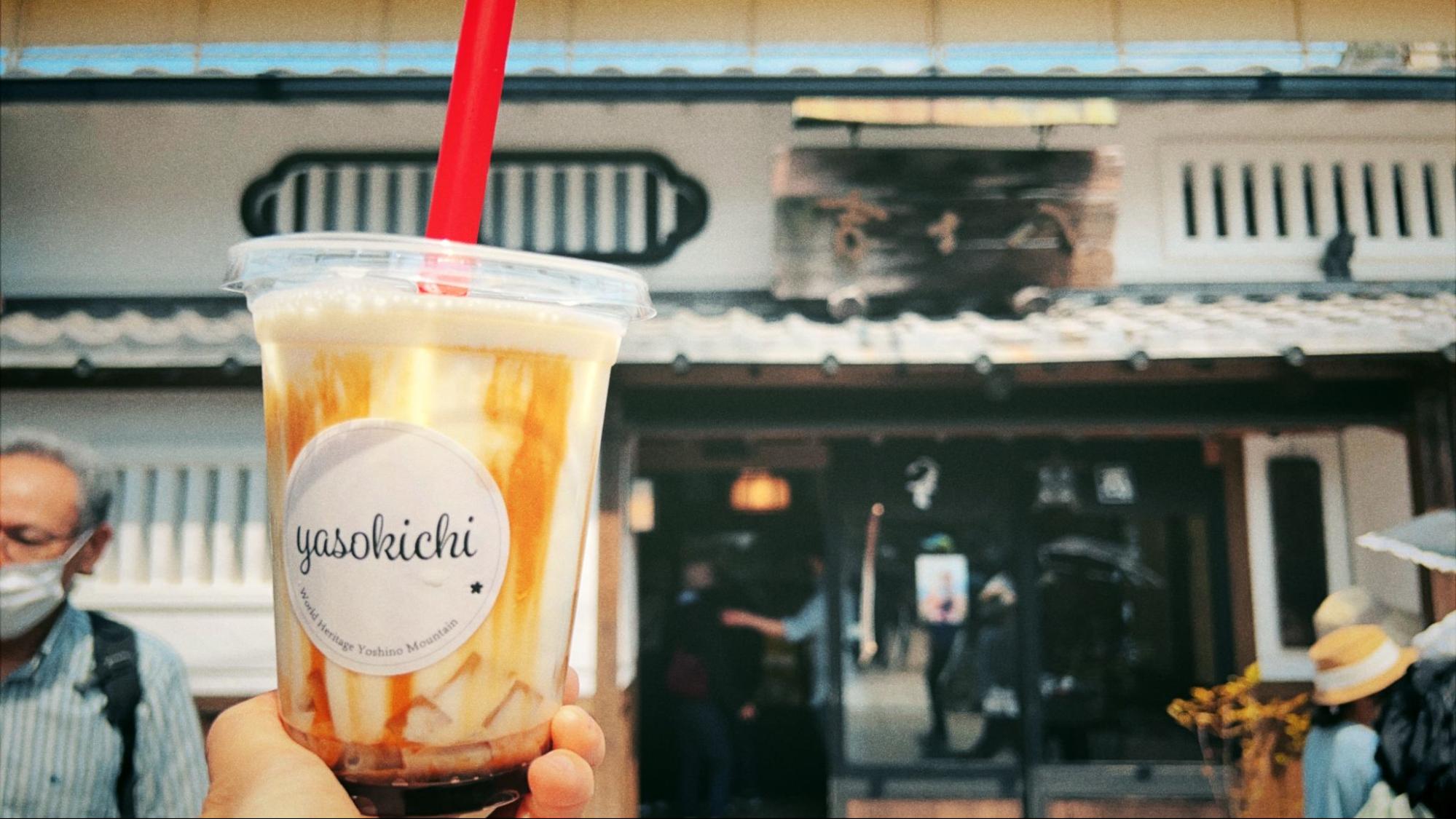
Yoshino is famous for kudzu. You can enjoy the specialty menu "Yoshino Tenjin" made after ordering, kuzumochi and latte using cherry blossoms and kudzu.
[Original Yasokichi of Kudzu]
https://www.yoshinokuzu.co.jp/

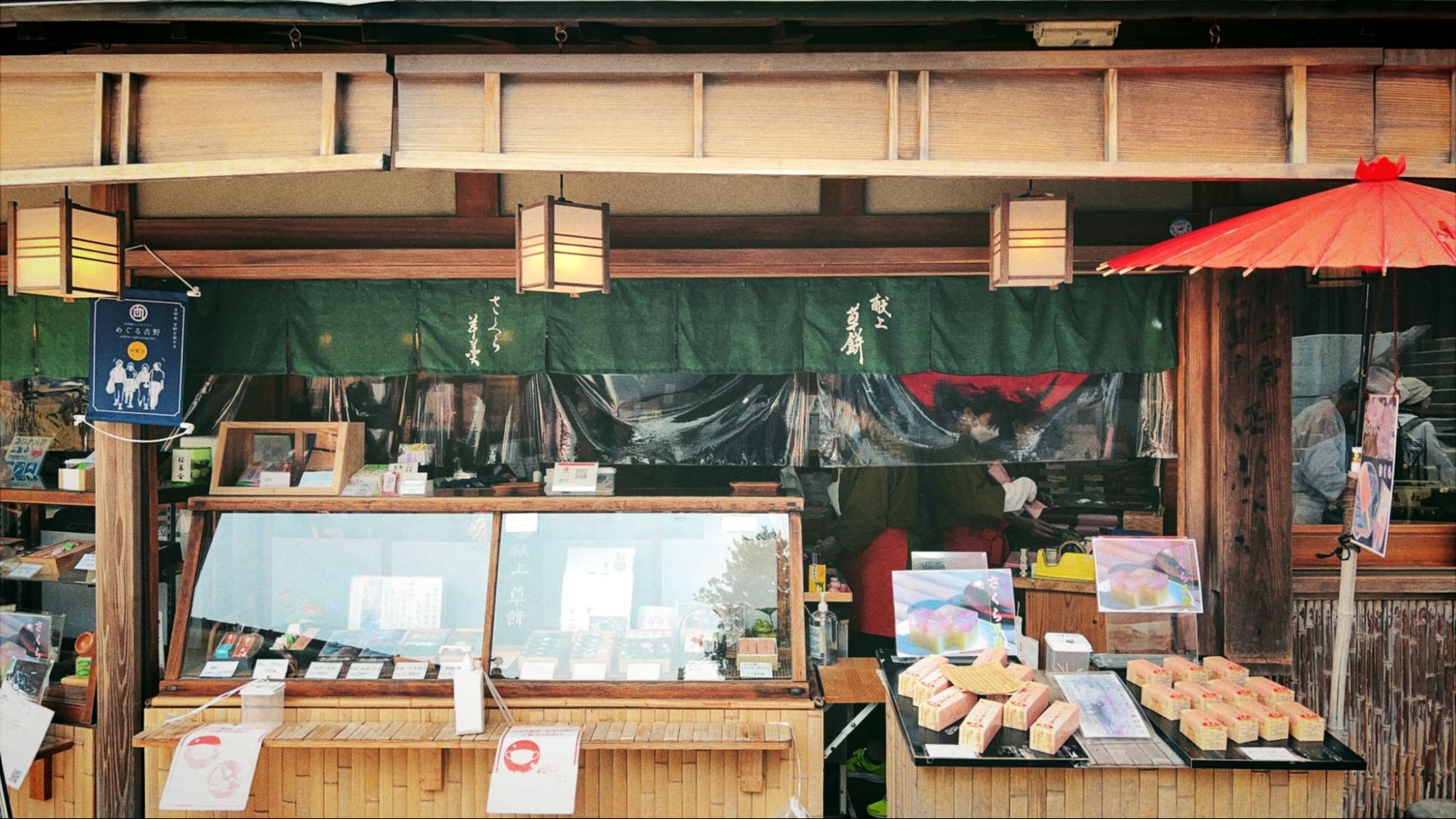
If you come to Mt. Yoshino, please try eating kusamochi.
At the Japanese confectionery shop "Manshodo" in front of the Niomon gate of Kinpusen-ji Temple on Mt.
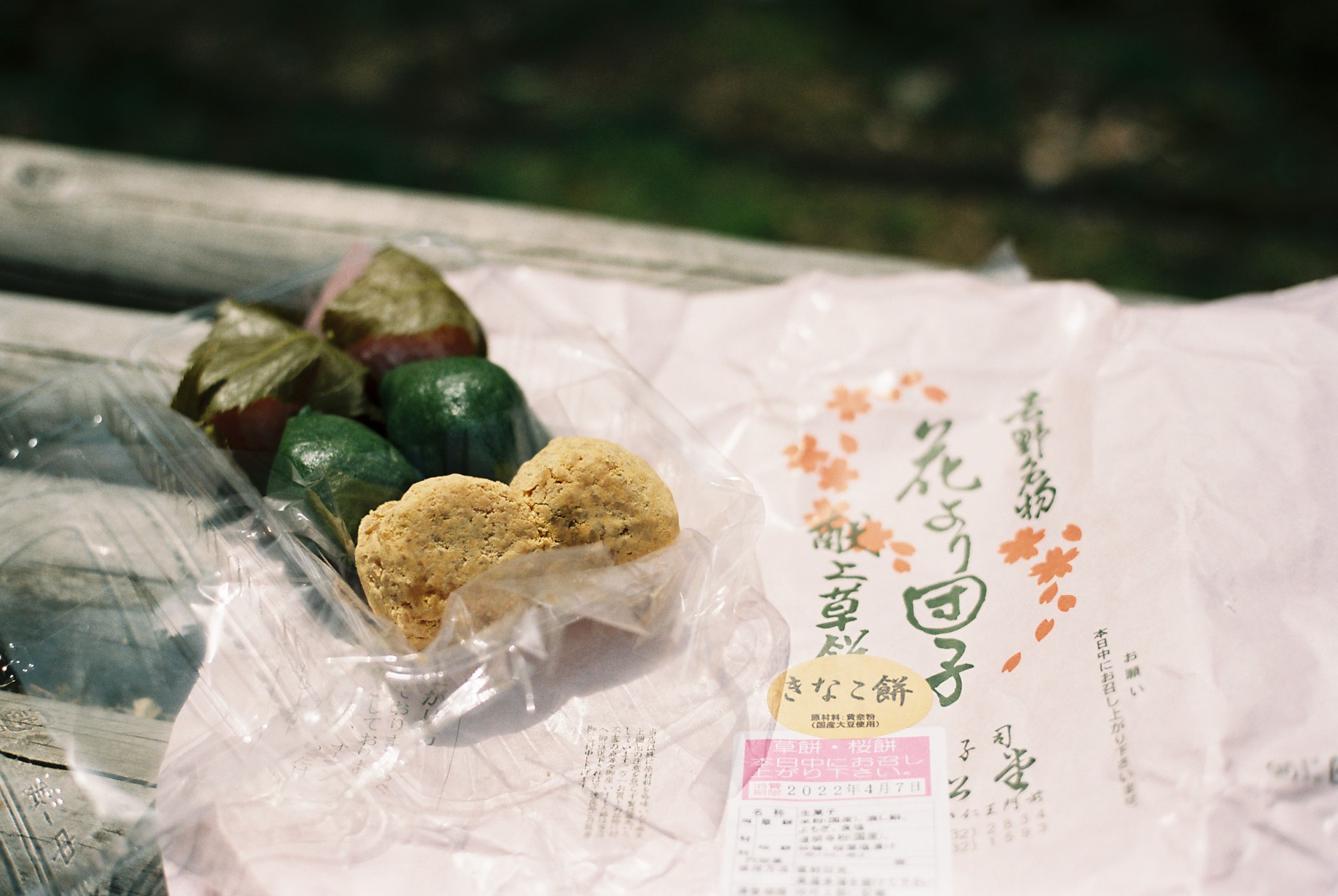
Yoshino's specialty: Hana yori dango (dumplings over flowers) Dedicated Kusamochi" has a cute wrapping paper that reads "Dumplings over flowers". Please enjoy the delicious Kusamochi while enjoying the cherry blossoms of Yoshino with its thousand cherry trees in full bloom.
[Manshodo]
https://www.manshoudou.com/
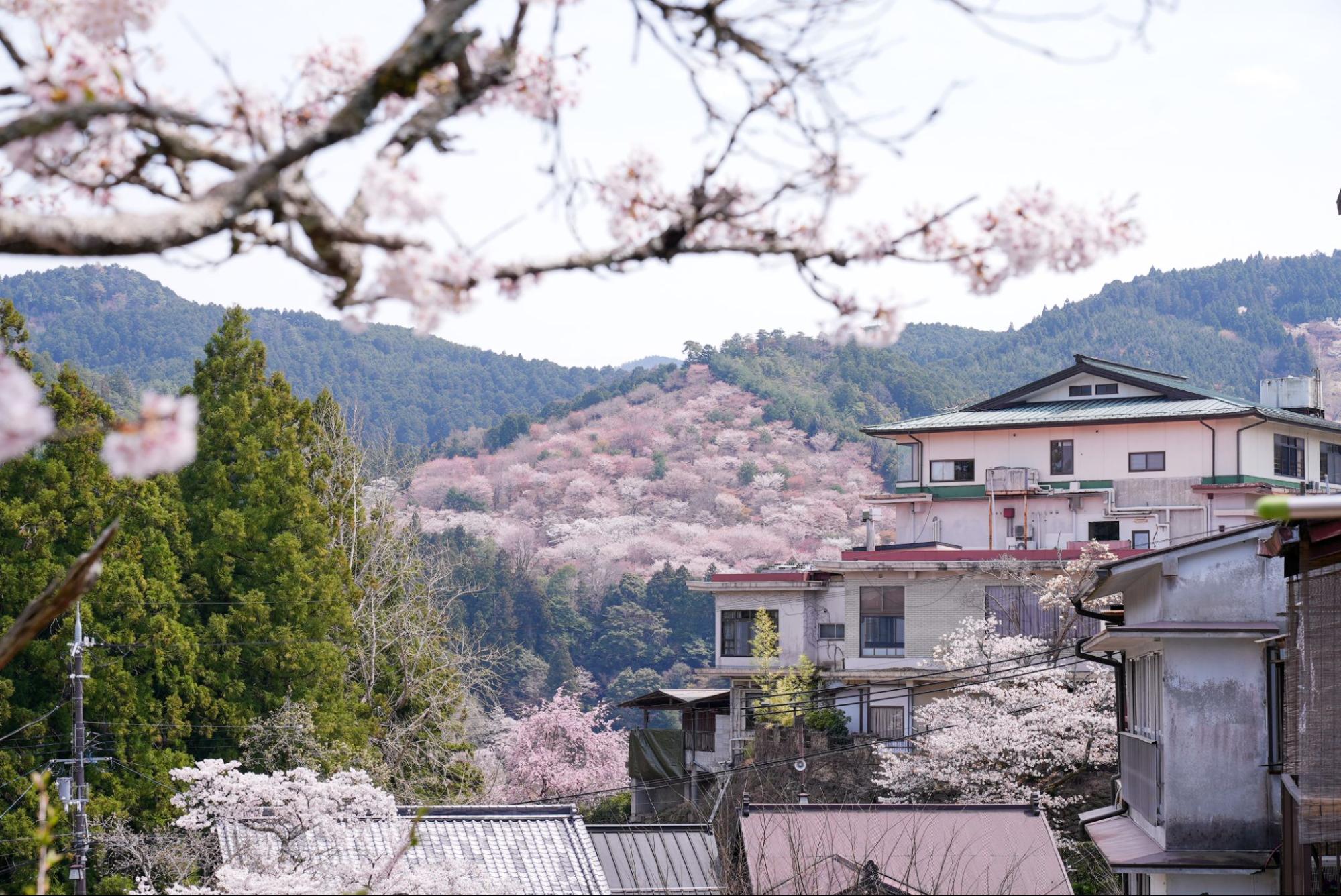
This time it was an introduction to Mt. Yoshino.
Please visit Yoshino this spring and enjoy the best cherry blossom scenery in Japan.
![[Nara, Mt. Yoshino] A Healing Trip to Enjoy the Cherry Blossoms| Life Designs |Traveling and Living in Nagoya, Aichi, Gifu and Mie](https://life-designs.jp/wp/wp-content/themes/wp-templ/assets/img/common/logo.svg)

![[Nara, Mt. Yoshino] A Healing Trip to Enjoy the Cherry Blossoms](https://life-designs.jp/wp/wp-content/uploads/2022/10/0681cfb7cb3fd4fc29d8ec028302f42c.jpg)


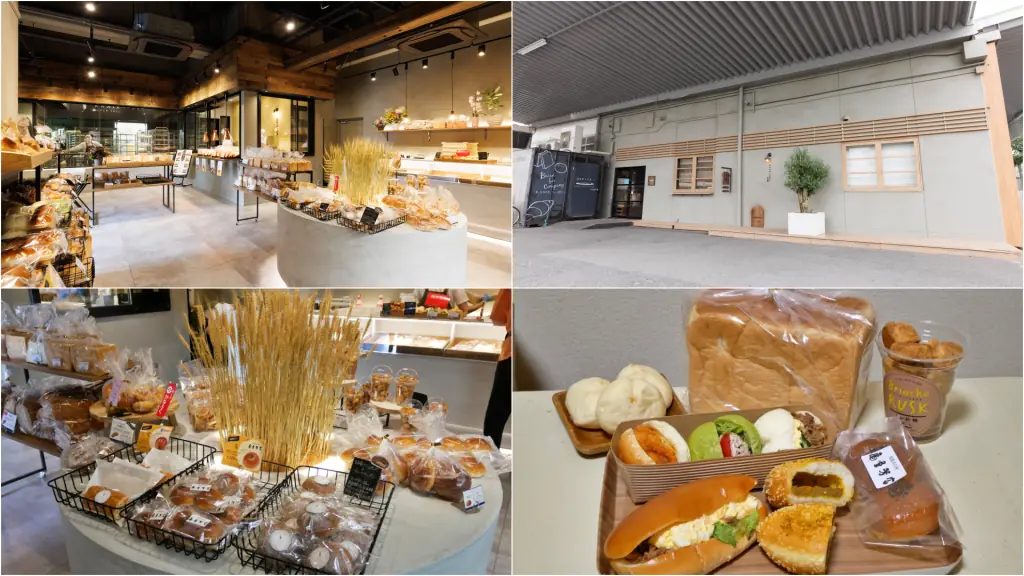
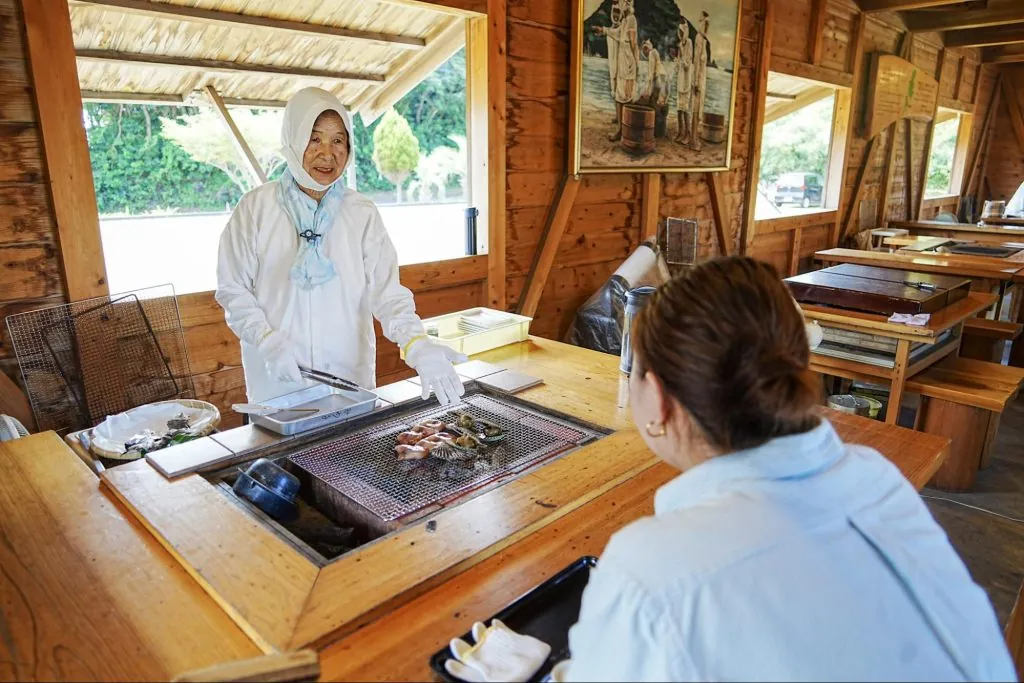
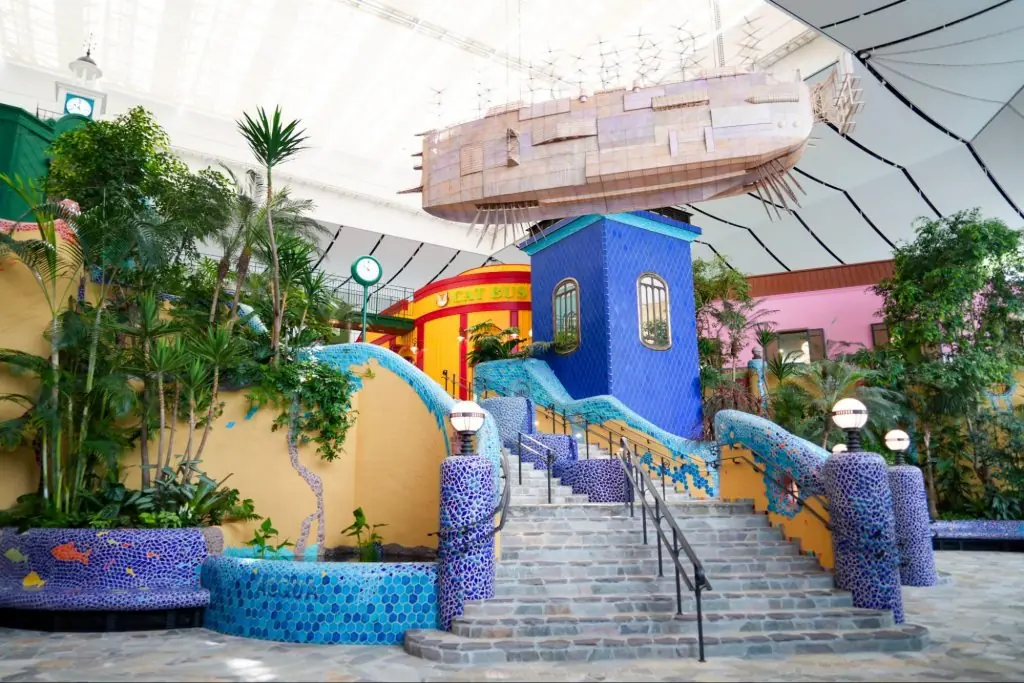
![[Gujyo Hachiman: Weekdays only!] Tour around the Beautiful Castle Town with a Digital Ticket “CentX”](https://life-designs.jp/wp/wp-content/uploads/2023/10/9300089c7781c0edf6921fad2208fa7d-1024x683.jpg)
![[Iga City] Learn about food culture through manufacturing! “Iga no Sato Mokumoku Tezukuri Farm”](https://life-designs.jp/wp/wp-content/uploads/2023/09/image35-1024x708.jpg)
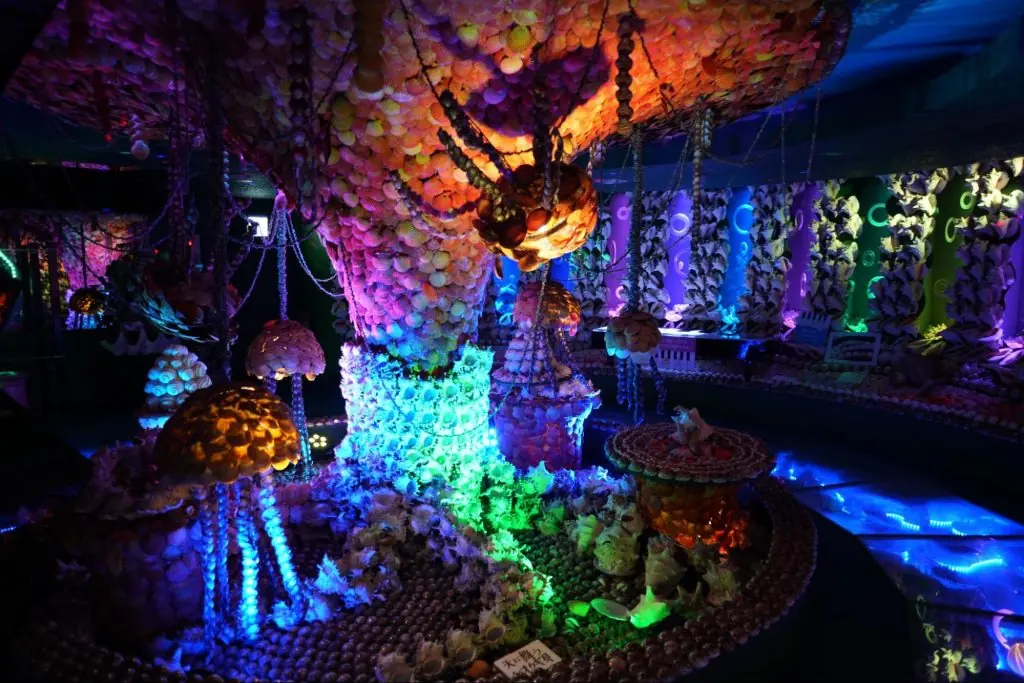

![[Indoor Facilities] Where to Go on Rainy Days in Tokai Area! For Family Outings!](https://life-designs.jp/wp/wp-content/uploads/2023/07/FotoJet-23.jpg)



![[2025 Latest Edition] 32 Summer Resorts Within 2.5 Hours by Car from Nagoya!](https://life-designs.jp/wp/wp-content/uploads/2020/08/d5e9a698a33b82fe60aa760e3d6d995f.jpg)

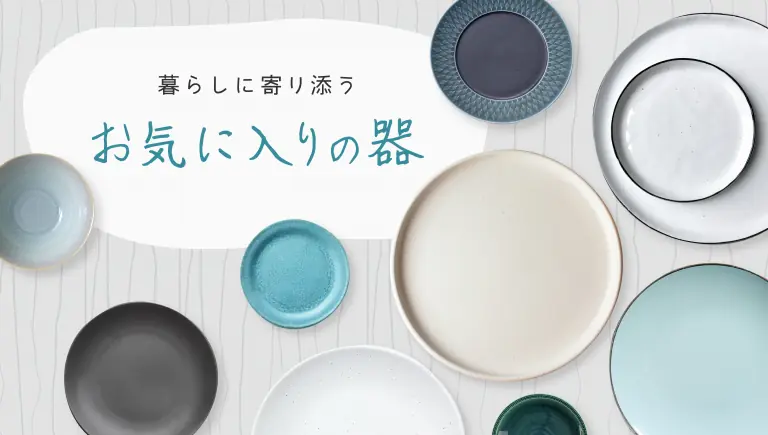
![[Nagoya-meshi] Nagoya's Speciality Dishes](https://life-designs.jp/wp/wp-content/uploads/2022/06/5ba2ca8c038fd4af7527bc0826367cfb-768x435.png)
![[Sauna Specials] Feel Revitalized in Sauna!](https://life-designs.jp/wp/wp-content/uploads/2021/07/Sauna-1024x580.jpg)
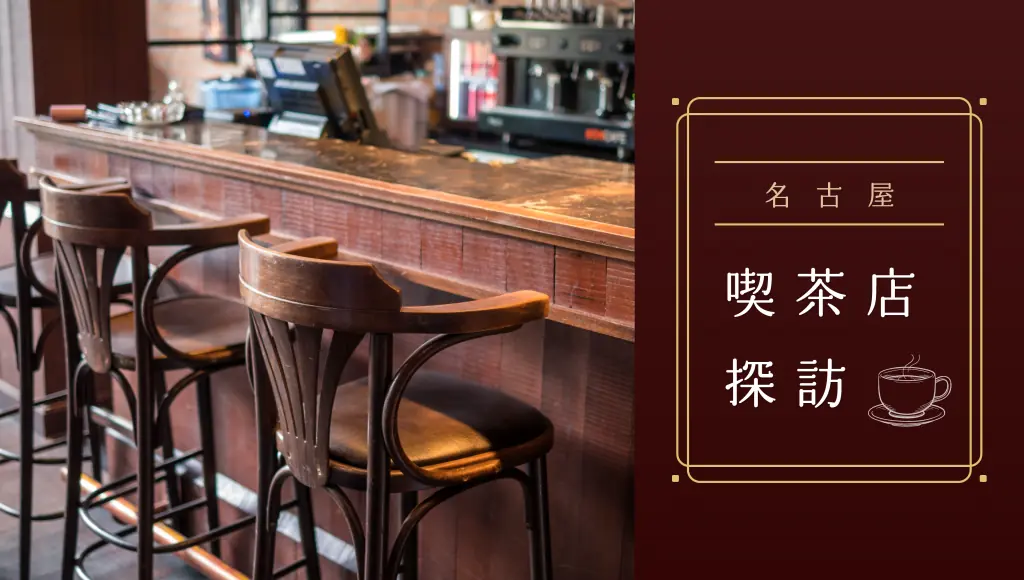
![[Ghibli Park] Beginner's Guide](https://life-designs.jp/wp/wp-content/uploads/2023/07/ghiblipark_w1920h1088_20240422-1024x580.png)
![[Special Feature] Enjoy Your Day at a Park!](https://life-designs.jp/wp/wp-content/uploads/2019/12/LD_banner_w1920x1088_park-1-1024x580.jpg)
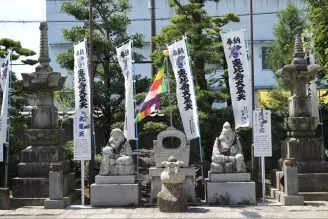
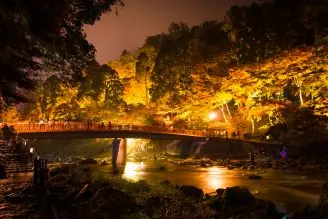
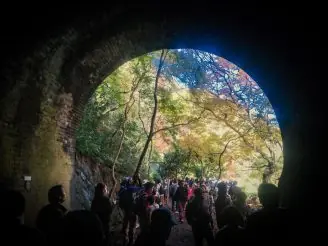

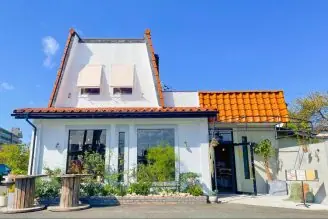
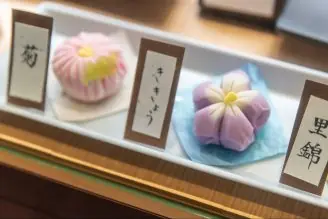
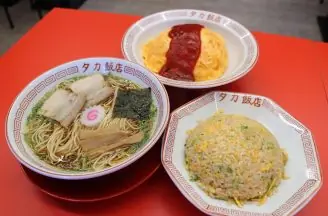


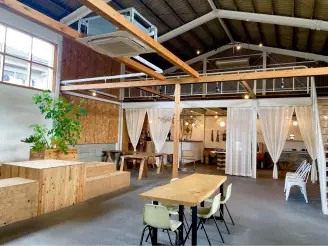



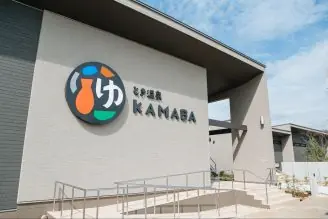
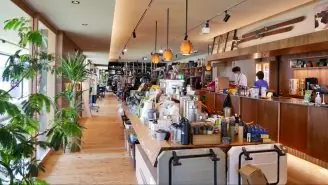
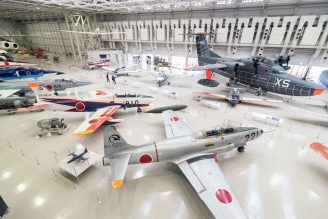

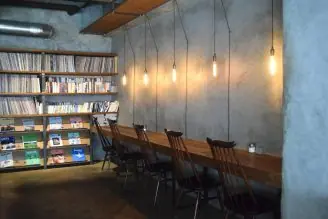
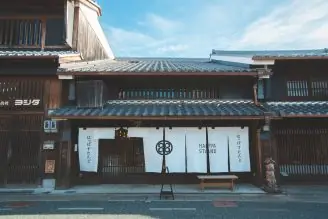
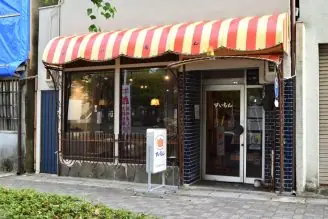

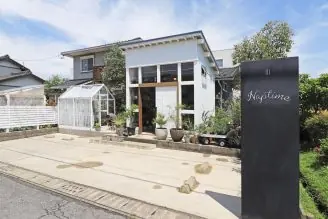
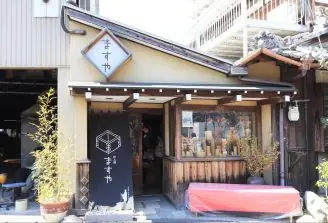
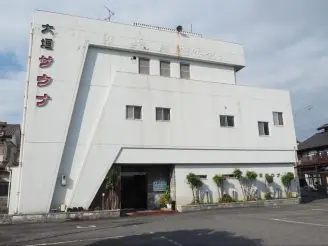
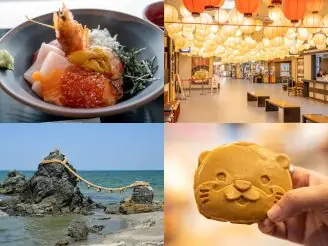
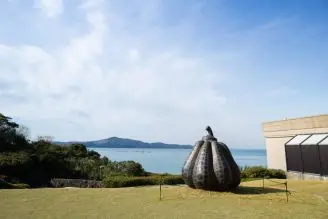
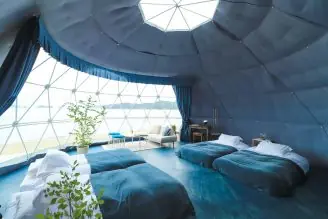
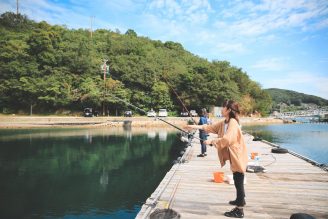
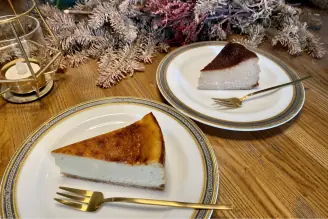
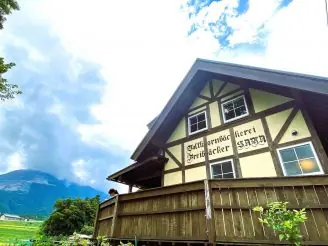
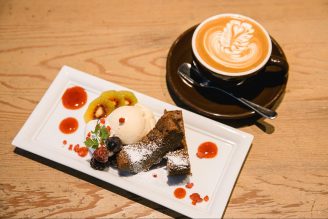
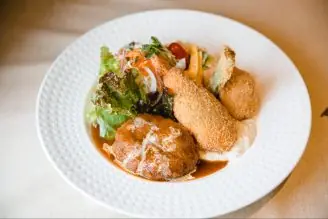
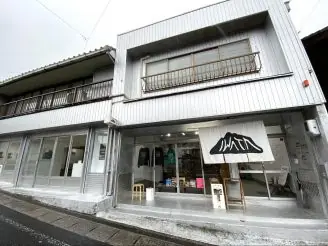
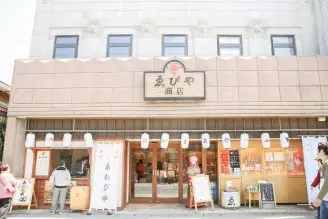
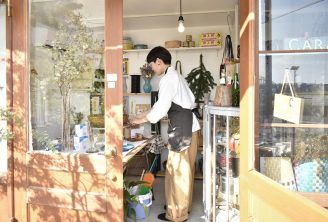

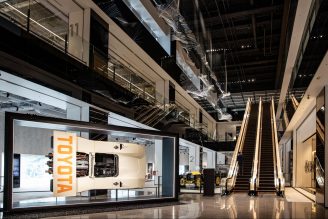
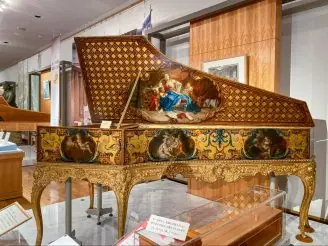

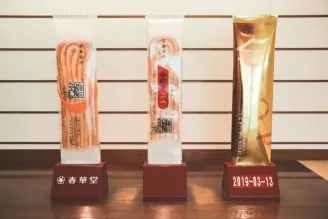







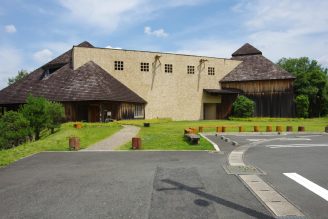
![[Indoor Facilities] Where to Go on Rainy Days in Tokai Area! For Family Outings!](https://life-designs.jp/wp/wp-content/uploads/2023/07/FotoJet-23-1024x768.jpg)
![[10 selections] Recommended for Girls' Trip from Nagoya! Special feature on Hotels and Inns](https://life-designs.jp/wp/wp-content/uploads/2022/11/FotoJet-1-1024x768.jpg)
![[20 Selections] Nagoya Souvenirs: Non-Sweet & Recommended Snacks Available at Nagoya Station](https://life-designs.jp/wp/wp-content/uploads/2025/07/image3-2-1024x683.jpg)
![[Within 2hrs by Car] 12 Outing Areas where You can Go on a Day Trip from Nagoya!](https://life-designs.jp/wp/wp-content/uploads/2023/07/odekake12_w1200h900_20240422-768x576.png)
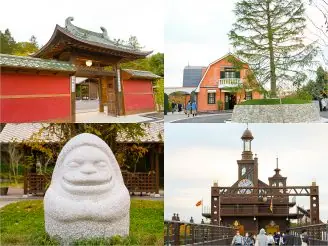
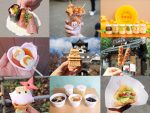
![[14 Selections] Recommended spots to spend the weekend in Kakuozan area of Nagoya](https://life-designs.jp/wp/wp-content/uploads/2022/07/Kakuozan-spot_w1920h1088_240605-328x186.png)
